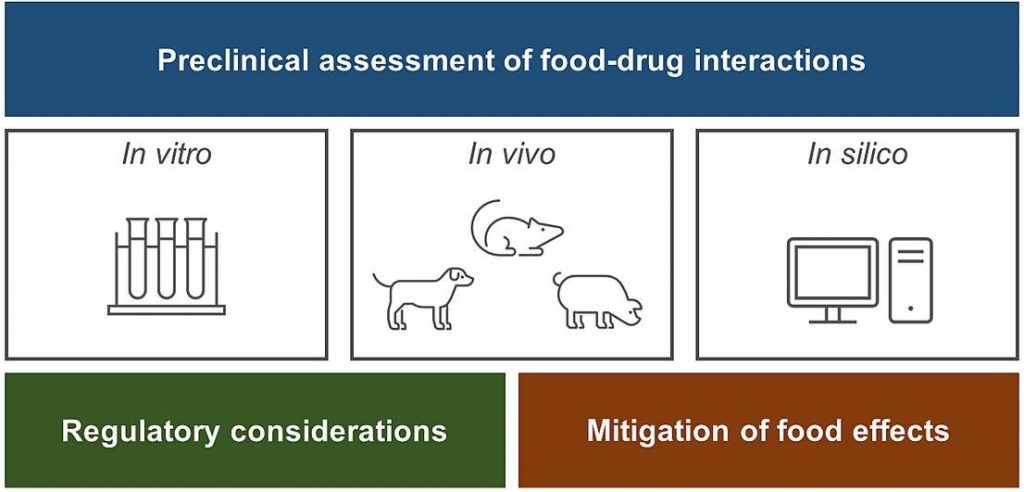Assessment of food effects during clinical development

Food-drug interactions frequently hamper oral drug development due to various physicochemical, physiological and formulation-dependent mechanisms. This has stimulated the development of a range of promising biopharmaceutical assessment tools which, however, lack standardized settings and protocols. Hence, this manuscript aims to provide an overview of the general approach and the methodology used in food effect assessment and prediction. For in vitro dissolution-based predictions, the expected food effect mechanism should be carefully considered when selecting the level of complexity of the model, together with its drawbacks and advantages. Typically, in vitro dissolution profiles are then incorporated into physiologically based pharmacokinetic models, which can estimate the impact of food-drug interactions on bioavailability within 2-fold prediction error, at least. Positive food effects related to drug solubilization in the GI tract are easier to predict than negative food effects. Preclinical animal models also provide a good level of food effect prediction, with beagle dogs remaining the gold standard. When solubility-related food-drug interactions have large clinical impact, advanced formulation approaches can be used to improve fasted state pharmacokinetics, hence decreasing the fasted/fed difference in oral bioavailability. Finally, the knowledge from all studies should be combined to secure regulatory approval of the labelling instructions.

